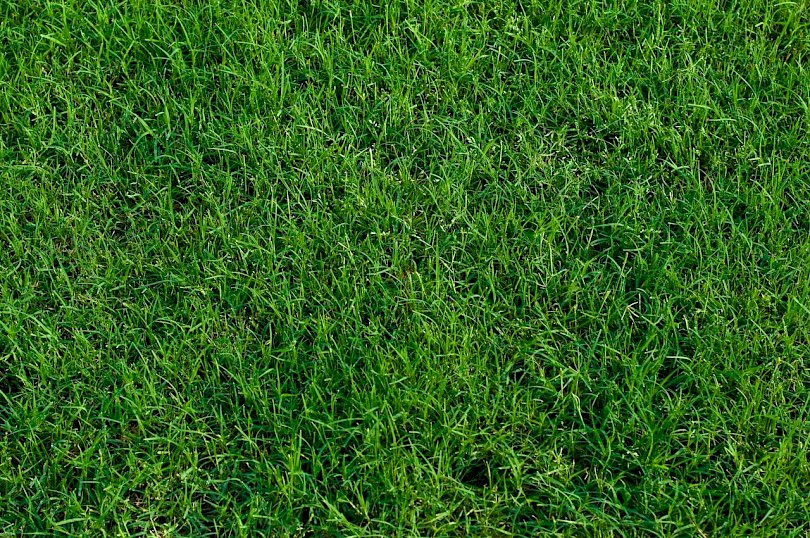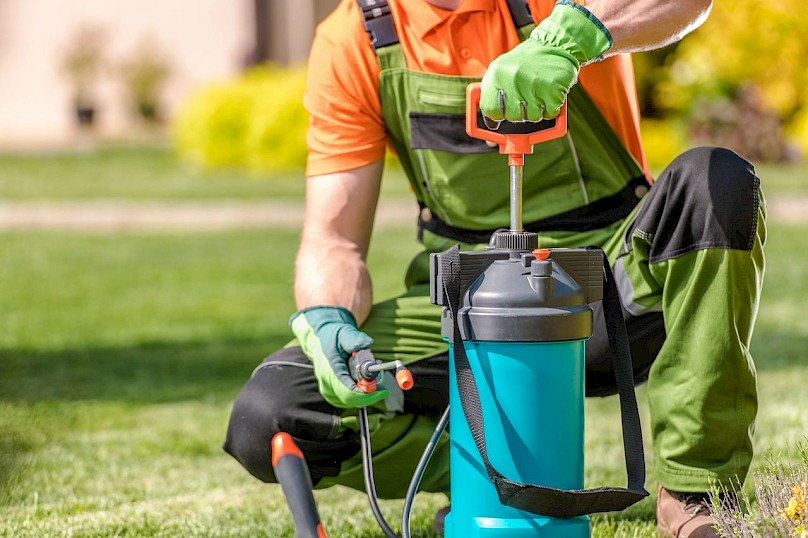I'm busy, detail oriented, cost conscious and highly selective as to whom works in and/or around my home. This is a service based company that actually provides superior service. Don't waste anymore time... call them. ~ a satisfied customer for three years.
Expert Tips to Grow Grass in Arizona

Keeping your Arizona lawn healthy and green can be a challenge, but with the right knowledge, it is possible. The dry climate here combined with extreme temperatures affects lawns by increasing water evaporation and causing heat stress. A crucial part of keeping the lawn healthy is understanding which grass types are best. It also helps to explore different watering techniques and lawn maintenance strategies.
How to Maintain Grass in Arizona
Learning about Arizona's unique climate and soil conditions will improve your lawn's resilience. With the right strategies in place, you can nurture a beautiful yard that thrives in the dry heat and fluctuating temperatures.
Choosing the Right Grass Type
Selecting the right grass is key to maintaining a healthy, low-maintenance lawn. There are several options to choose from that have high heat tolerance and drought resistance; these grasses include Bermuda, Buffalo and Zoysia. If you want to try winter overseeding, it might work best to use perennial ryegrass; this grass option provides green coverage, even during cold weather.
Soil Preparation & Conditioning
Grass that thrives in Arizona's sandy or clay-heavy soil requires careful soil preparation. To begin, get your soil tested to find out its pH and nutrient levels. This will help you amend the soil accordingly. Soil amendments using organic materials, such as compost, can strengthen the soil, increase water retention and provide vital nutrients, all of which will aid your grass in surviving the harsh Arizona climate.
Proper Watering Techniques
The way you water your lawn will significantly impact how healthy it is. Watering it deeply and infrequently can help the roots grow deeper into the soil. Using drip irrigation or sprinklers can also help by delivering water directly to the roots. This not only ensures the lawn receives the right amount of water but also prevents water waste. Regardless of the technique you use, you'll need to adjust the watering schedule according to each season. The hotter summer months and early spring typically require more frequent watering because of increased evaporation and higher temperatures.

Fertilization & Lawn Care
For optimal results in arid climates, choose a fertilizer that has an equal amount of nitrogen, phosphorus and potassium. To keep the grass green and luscious all summer long, you'll need to fertilize it every six to eight weeks. Aeration and dethatching are crucial for reducing soil compaction and enhancing your lawn's general health.
Weed Control
Getting rid of weeds is paramount to keeping your lawn healthy. Some of the most common weeds in Arizona include crabgrass, dandelions and clover, all of which will take over your yard if you don't kill them. Regularly mowing and watering your yard is critical to keeping weeds in check. You may also need to use a pre-emergent weed control method like herbicides or mulch. Hiring a professional company is the best way to eliminate weeds and keep them from coming back.
Conclusion
Although it may seem impossible, it is really rather feasible to grow a lush, green yard in Arizona. You can have a beautiful lawn with the right kind of grass, soil preparation, effective irrigation and regular maintenance.
